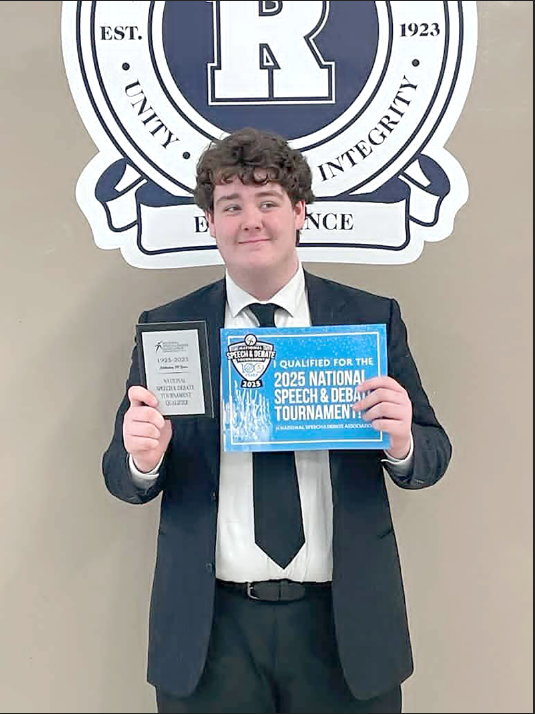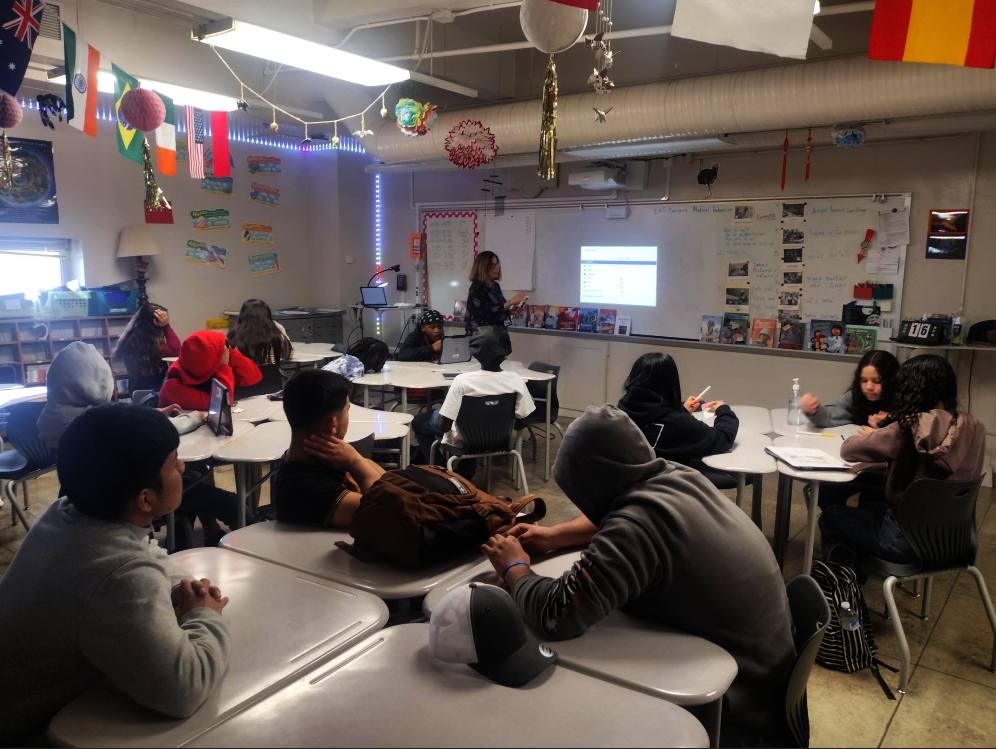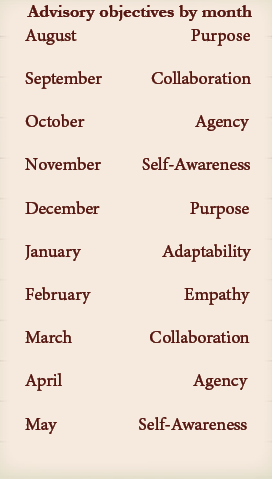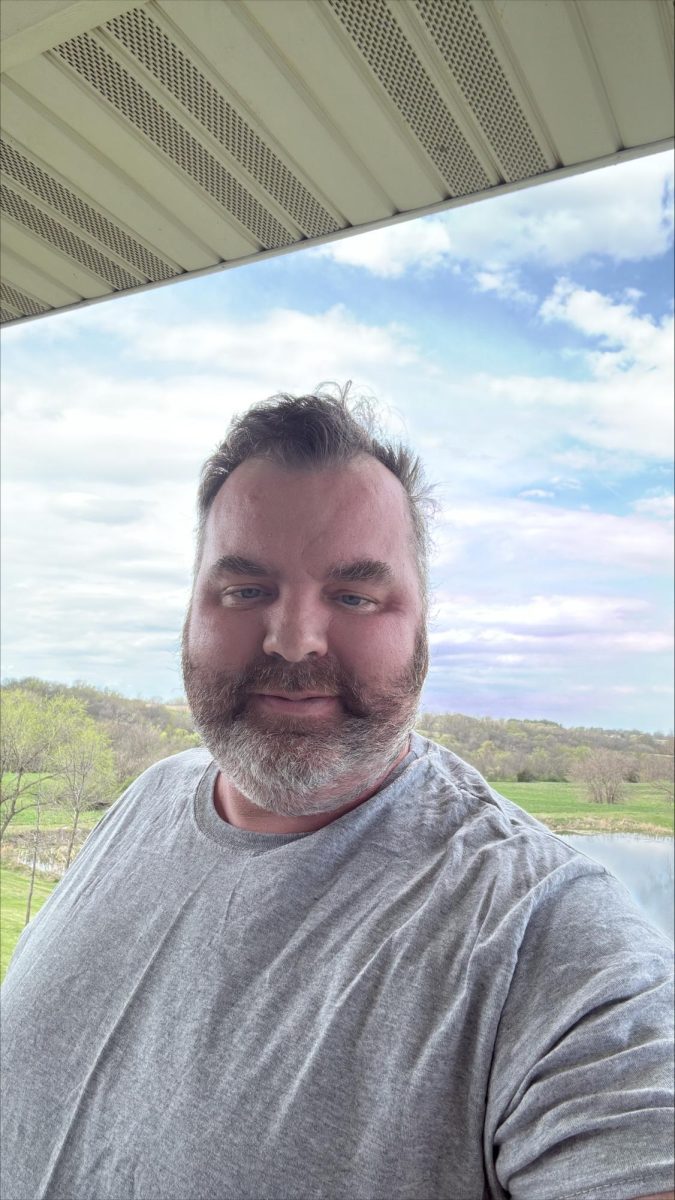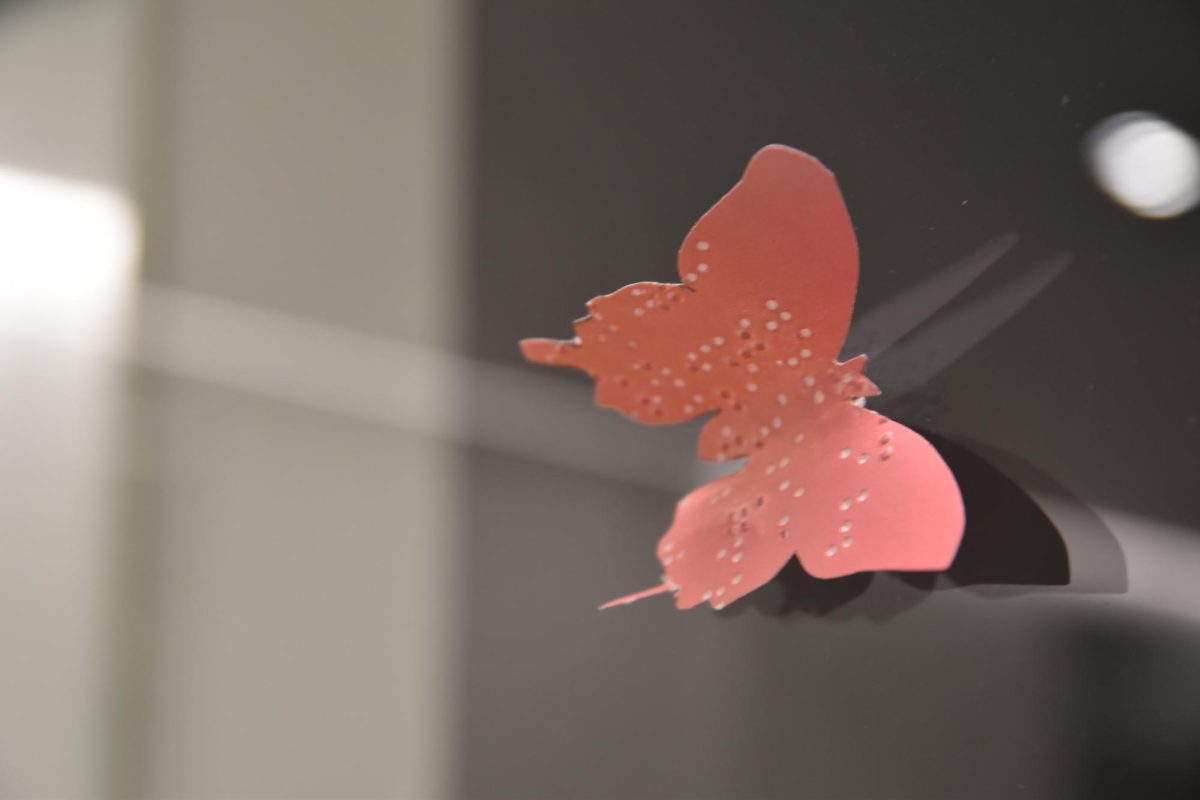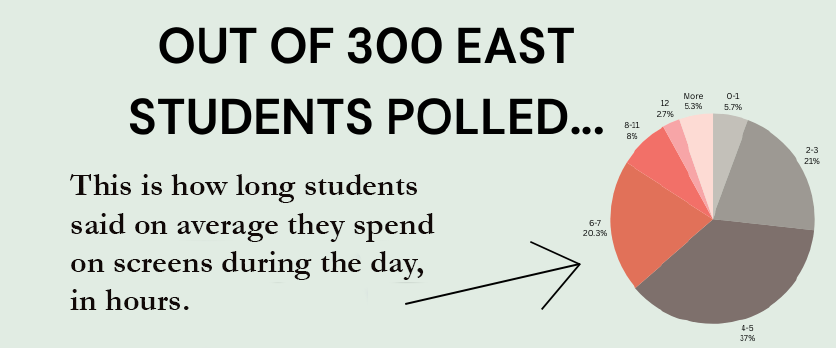Dark, cold, and eerie, this is the feeling that the horror genre strives to encapsulate, from novels to the big screen, the human mind is always trying to understand the unknowable, it strives to chase the fear that surrounds us on the daily and turn it into something to be enjoyed by the masses.
The horror genre started with written literature, horror novels became a staple in the 19th-20th centuries and continues to develop today. The first novel to be officially published under the horror genre of fiction was The Castle of Otranto which was published in 1764 by Horace Walpole, this novel is considered the first in western gothic literature and would influence many other authors in the genre, a famous example is Mary Shelley and her most famous work of fiction Frankenstein. You can’t talk about gothic literature without mentioning the masterpiece that is Dracula written by Bram Stoker in 1897, the novel would go through many iterations of the years the most recent adaptation being the 2024 film Nosferatu which is based off the 1922 silent film Nosferatu: A Symphony of Horror, this film was an illegal adaptation of Stokers novel with different characters and a different ending but the film still remains a staple in the horror film genre.
The first non-silent film adaptation of the novel Frankenstein, released in 1931 and directed by James Whale was an early staple in the horror film genre, in another vein a film that also made a significant impact was the 1954 film Creature from the Black Lagoon, a film that created interest in horror films that take place in or around water, inspiring films like Jaws and The Shape of Water.
Horror literature has come a long way since the ages of Shelley and Stoker, and in the 1970s and 1980s the horror scene became dominated by the works of Stephen King, many of his books even received on screen adaptations for example IT, Carrie and The Shining, Kings works heavily impacted the horror genre in both literature and in Cinema. Stephen Kings works continue to remain prevalent in the horror scene with reboots of older films and new interpretations of his books as the years pass.
As society changes the horror genre also has to change to relate with modern audiences, many modern horror films take a more psychological approach to portraying the horror and thriller elements through their stories. A few examples of these modern films would be Midsommar released in 2019 and directed by Ari Aster, the film is centered around an American couple who gets drawn into a rural Swedish cult and fall apart. A film of a similar caliber is the 2022 film Pearl directed by Ti West about a young farm girl during the height of World War one who is struggling with mental illness and violent tendencies.
While older pieces of literature in the genre often focused on the supernatural, many modern horror films focus on the true horrors of humanity and the very human monsters that lurk in the dark. As society changes, the horror scene changes with it, the horror genre will continue to evolve as long as society continues to evolve, it will never remain the same just as humanity will never stay the same.



